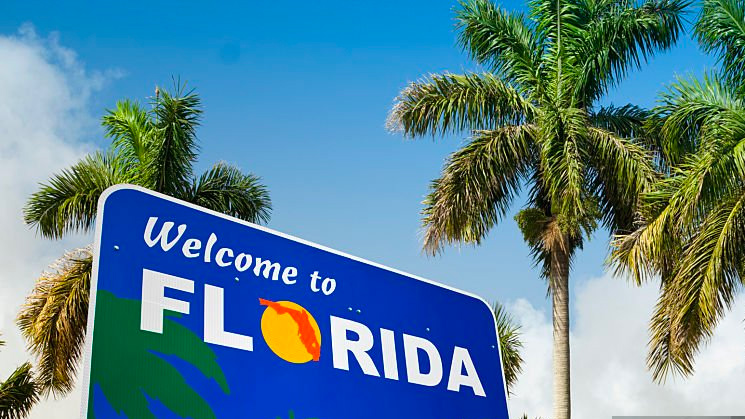QMed’s Commitment to Providing Comprehensive Gender-Affirming Care (HRT) in Florida
In the ever-evolving landscape of healthcare, particularly in the realm of gender-affirming care, staying informed and adaptable is key. Recent legislative changes in Florida have…
Continue


